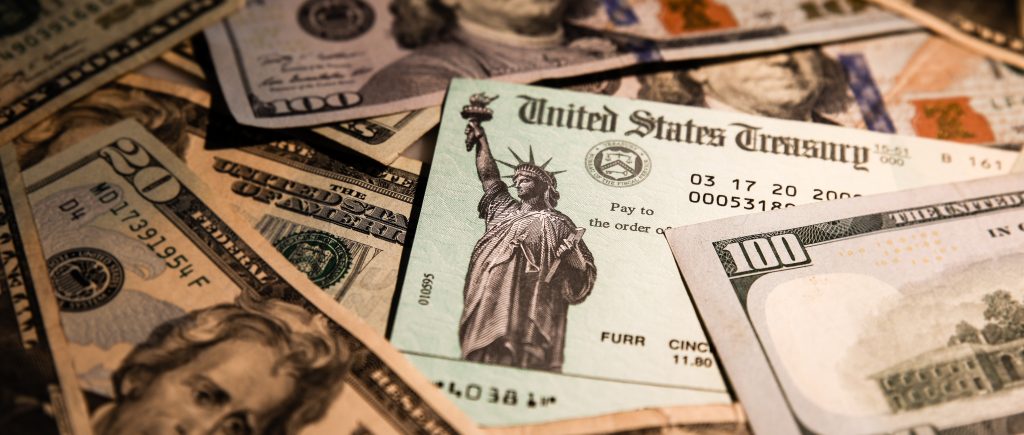The 10-year Treasury yield has reached 5% for the first time since 2007, marking a significant shift in the global financial system. The increase in yields means that the US government must pay more to borrow money from investors to cover its spending, impacting people worldwide.
The 10-year Treasury yield is the centerpiece of the global financial system and helps set prices for various loans and investments, making it more expensive for US homebuyers to buy a house with a mortgage and putting downward pressure on prices for stocks and cryptocurrencies.
The low rates led to rising prices for houses, stocks, and other investments, but they may also have encouraged too much risk-taking and spurred investment bubbles. Central banks are now more concerned with controlling high inflation by raising interest rates and hoping that the higher costs to borrow will starve inflation of its fuel by bringing down spending. The Fed’s main interest rate affects extremely short-term loans, which banks charge overnight.
The 10-year Treasury yield has been catching up to the Fed’s main interest rate after a string of reports shows the US economy remains resilient. While this could calm concerns about a possible recession caused by high rates, it could also keep upward pressure on inflation and shorter-term rates.
Factors contributing to the swift rise in the 10-year Treasury yield include the US government’s big deficits, which require more federal borrowing, and the Fed’s ongoing efforts to reduce its trove of bond investments built earlier to keep yields low.
Bond prices have also been falling in tandem with stock prices more often than they used to, unnerving investors who usually see bonds as the safer part of their portfolios. The rise in the 10-year Treasury yield most directly means the US government has to pay more to borrow money for 10 years, but it also quickly filters out into all kinds of loans. Borrowers with worse credit ratings have to pay more extra than those seen as good bets to repay their debts.
Higher US yields also attract more investments from abroad, leading investors to increasingly swap their currencies for US dollars. A stronger dollar helps US tourists buy more stuff when they’re abroad, but it can also add financial pressure and heighten inflation for other countries, particularly in the developing world.
Even for US bond investors, the swift rise in bond yields has brought losses of their own. When new bonds are paying higher yields, it makes older, lower-yielding bonds already sitting in investors’ portfolios or mutual funds less attractive and knocks down their price. The largest US bond mutual fund has lost roughly 3% so far in 2023 and is on track for a third straight yearly loss.

 Noor Trends News, Technical Analysis, Educational Tools and Recommendations
Noor Trends News, Technical Analysis, Educational Tools and Recommendations



